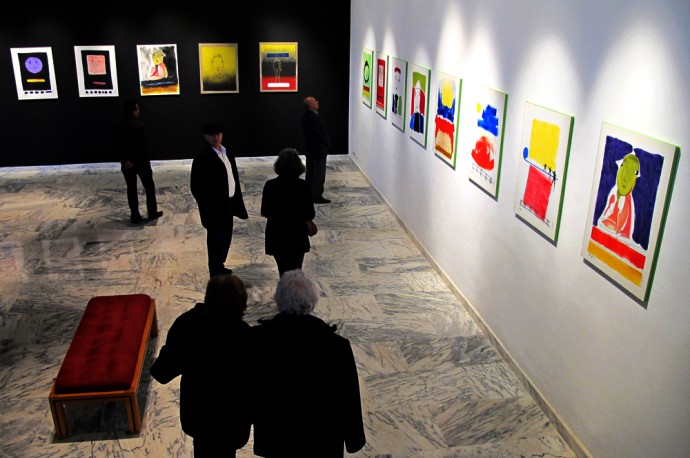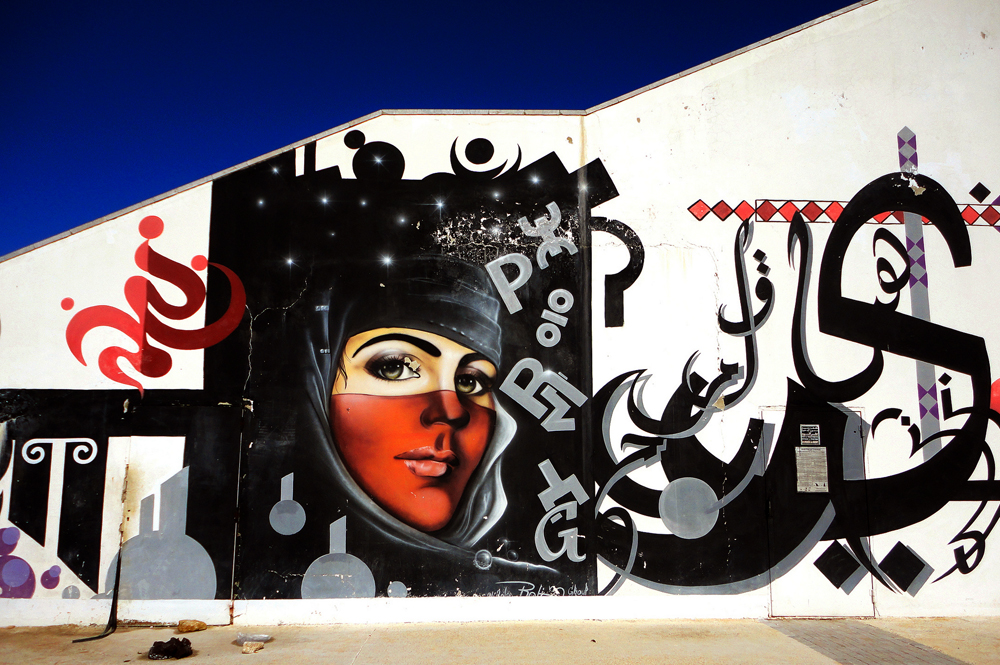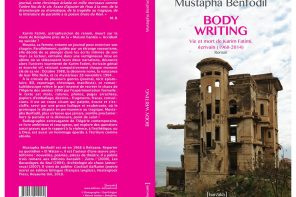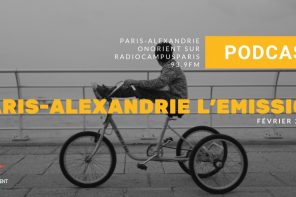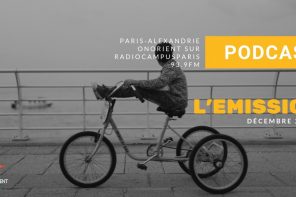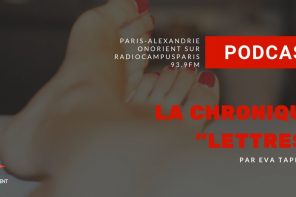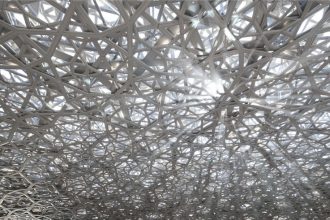A new initiative is attempting to understand the present state of culture in Morocco, and to lay out an ambitious plan for its future.
Academics, artists, policymakers, and other amateurs of culture gathered at the Moroccan National Library in Rabat for a day of presentations and workshops, dubbed les États généraux de la culture au Maroc, or the State of Culture in Morocco (EGC). While Morocco tends to perceive itself as home to a rich and thriving culture, particularly in comparison with its neighbors, culture has been treated as an economic « nice to have », with a budget of 627 million dirhams in 2015, or only 3% of the national budget. An ambitious new strategy by the Ministry of Culture, Maroc Culturel 2020, aims to reframe culture as a pluridisciplinary, transversal motor for human, social, and economic development in Morocco.
The State of Culture
Mohamed Amine Sbihi, Minister of Culture, provided opening remarks for this event, which is the culmination of a two-and-a-half year diagnostic exercise by the Ministry of Culture and Racines, a Moroccan cultural NGO that promotes the creative economy across the African continent. The conference also marked the launch of a national debate which seeks to produce a more participative and holistic model of culture for the country; an approach confirmed by the bevy of presentations throughout the day which examined culture’s relationship with public spaces, gender, citizenship, and cultural and judicial norms.
Culture is a vast and amorphous concept, and rather than attempt to revisit an endless epistemological debate on the subject, members of Racines chose rather to focus on broadly accepted, tangible elements of culture, such a literature, art, music, dance, traditional crafts, and cinema. Aadel Essaadani, President of Racines admitted that choice of what to include or exclude in the diagnostic was often arbitrary, but that the benefits of the proposed holistic approach would extend far beyond the limitations of the initial research.
Essaadani, Driss Ksikes, and Dounia Benslimane, members of Racines, presented the results of their inventory of Moroccan culture, a research effort unprecedented in breadth and depth. This research effort involved interviews and focus groups of artisans, academics and other cultural professionals, as well as an inventory of cultural sites in Morocco and the Moroccan diaspora around the world. The latter is now available to the public as an interactive map on www.artmap.ma. With over 4000 entries in 18 categories ranging from pottery to dance to cuisine, this geographic database aims to serve both as a tool for policymakers and a means for creators and consumers of culture to discover each other. This mapping exercise raises a number of pressing issues regarding the state of culture, namely regarding access to cultural sites. According to Essaadani, 60% of urban populations and over 90% of rural populations are underserved (as measured by the number of cultural sites 30 minutes or less from their homes).
A “Cultural Value Chain”
Key among the concepts informing the research effort and the newly launched strategy is the « cultural value chain« , which assesses the entire life-cycle of culture from production, to creation, diffusion, conservation, and valorization. Rather than viewing culture as an expense, and thereby focusing simply on subsidies for education and festivals (two staples of Ministry of Culture activities up until the present) the new strategy treats culture as a viable economy unto itself, and seeks to foster cooperation between government, the private sector and artists to improve education, access and profitability of culture on several levels. Driss Ksikes cited a proposed programme to improve Morocco’s weak cultural infrastructure by cooperating with the ministry of youth and sport, which maintains a vast network of neighborhood youth centers, as well as municipal or privately-owned centers to provide access to cultural activities in rural areas. Another proposal would bring new life to Morocco’s moribund cinemas (31 theaters open today, as opposed 247 in 1985) by partnering with property owners to rehabilitate them as art-house cinemas focused on Moroccan films and as residences for theatre troupes. Such an approach can serve at once to reinvigorate local economies, battle urban blight and connect Moroccan audiences with local artists, without resorting to costly construction projects.
« Pour faire du rond, il faut être carré »
During a Q&A session, Aadel Essaadani pointed to the decidedly less exciting, but equally significant technical, administrative, and financial expertise necessary for a thriving cultural sector. He explained that a musician cannot succeed without properly equipped venues and recording studios staffed with competent engineers, logisticians, public relations staff and accountants. In his eyes, the most significant work ahead is ensuring that artists and artisans of every kind can not only have their creative work supported and seen, but also contribute to the local economy. Returning to the cultural value chain, he explains that in addition to supporting creators and the infrastructure that sustains them, it’s necessary to « create consumers of culture » through education, who will in turn contribute to the cultural economy through their good will as well as their wallets. Finally, each of the presentations stressed the importance of breaking with long ingrained distinctions between « high » and « popular » cultures and fostering an environment where institutions such as galleries, museums, and theaters, which traditionally act as gatekeepers of culture, are more responsive to creators as well as the general public. This point is particularly salient given accusations that the recently opened Museum of Modern and Contemporary Art in Rabat censored pieces in its opening exhibition.
The ECG represents a significant rupture in conceptions of cultural policymaking. Should this approach and the Maroc Culturel 2020 strategy bear fruit, they could alter the trajectory of Morocco’s cultural economy, and perhaps serve as a model for other countries seeking to reinvigorate their cultural sectors. However, this strategy is contingent on significant cooperation with other private and public actors, a daunting task given the Ministry of Culture’s admittedly limited resources and lack of experience in undertakings on such a scale.

